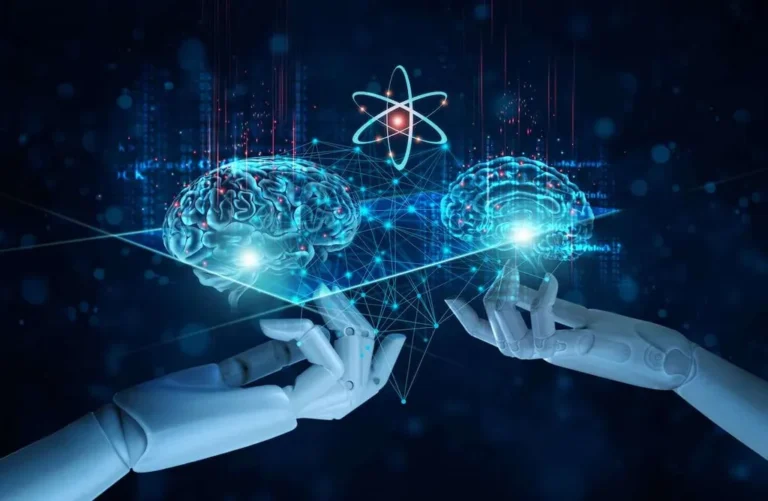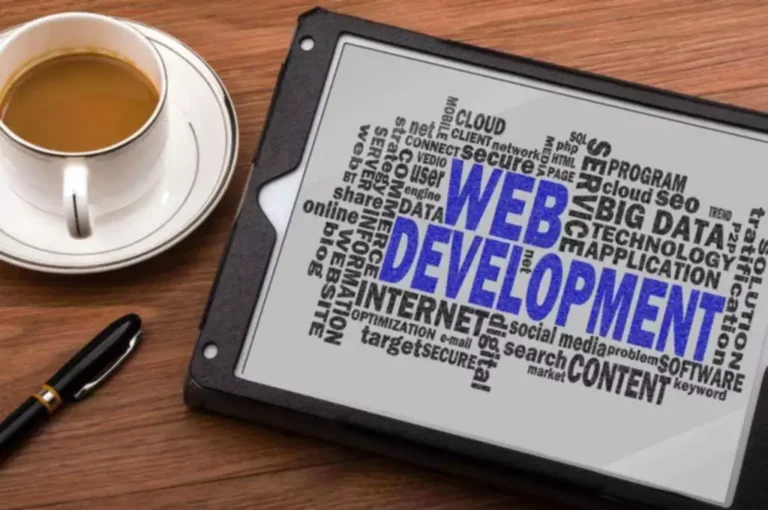In this step, you’d take it a step additional cause-effect diagram and decide how staff members might be affecting the difficulty. Maybe their coaching was insufficient, or their expertise were insufficient. Project teams must actively determine an issue and understand the root cause of the problem if they are to unravel it. In the Project Management Professional ® (PMP) certification examination, trigger and effect diagrams are a tool used to raised perceive the root of a problem. Fishbone diagrams are considered considered one of seven fundamental high quality instruments and are used within the “analyze” part of the Six Sigma DMAIC (Define, Measure, Analyze, Improve, Control) approach to problem-solving.

Trigger And Effect Diagrams For Pmp
Next, slender down your listing by eliminating the least probably causes. This may require a lot of investigative work, interviews with employees, sending out surveys, and extra. On the fishbone diagram, draw horizontal lines branching from every angled issue line. After analyzing the diagram, the staff should have a greater understanding of the most likely root cause(s) of the problem.
Visitor Post: 8 Steps To Achieve Correct Knowledge Circulate In Your Lean Manufacturing System

Since advanced diagrams could be overwhelming, involving all staff members in the analysis is necessary. This ensures that completely different perspectives and information can contribute to figuring out the foundation cause(s). The diagram consists of a central spine, resembling a fishbone, with branches that represent different categories of potential causes. The categories can vary based mostly on the context and nature of the issue.
Built-in Danger And High Quality Administration In Hospital Methods
Addressing indirect causes may be simpler in the lengthy run since they can have a wider impression and can contribute to solving future issues. So, considering each direct and indirect causes may help the staff develop more practical solutions to the problem. It’s important to contemplate each direct and indirect causes when analyzing a trigger and impact diagram. Direct causes are elements that instantly contribute to the observed impact, corresponding to malfunctioning machines.
Cause And Effect Diagrams: A Information
Statistical instruments and methods, corresponding to Pareto charts or speculation testing, may be employed to prioritize and validate these potential causes. On the fishbone diagram, these elements are positioned in bins on the end of every angled department (or bone) extending up or down the backbone. The fishbone diagram was developed by Kaoru Ishikawa, a Japanese professor and professional in high quality management. It got its name as a end result of it appears like a fish skeleton when accomplished.
Cause And Effect Diagrams For The Pmp Examination

Some of the ability in a cause-effect diagram is in its visual influence. The most essential consideration within the building of a cause-effect diagram is a transparent understanding of the cause-effect relationship. The cause-effect tree is conceptually similar to the cause-effect diagram. It is usually simpler to assemble, and a few pc software packages have adopted this kind. Each of the primary causes (not less than two and often no more than six) must be written in a field and connected to the central column by a line at an angle of about 70 degrees.

Users can simply share diagrams and regulate access levels so your group can see, edit, or comment on your charts. Add text, icons, bins, and other options to your chart to improve visualization and help bring your diagram to life. The output of the diagram can be leveraged by prioritizing potential causes or theories for further investigation.
Although the trigger and impact diagram doesn’t have the standard look of the Ishikawa or fishbone diagram, it may be learn the same means. For example, the next diagrams present the events that result in the failure of System A. For example, if you’re experiencing a bottleneck, you might have recognized team members as one of the possible elements.
The cause-effect diagram does not provide a solution to a question, as another tools do. Its main worth is to function a automobile for producing, in a very focused method, a listing of all recognized or suspected causes which potentially contribute to the observed impact. At the time of generating the cause-effect diagram, it isn’t often recognized whether or not these causes are responsible for the effect or not. We imagine that clear processes, supported by the right technology, create an environment the place folks work happier, and consequently make your company extra productive. A trigger and effect diagram can typically be useful for systematically excited about the resistance that the proposed solution is more doubtless to encounter. If the phenomenon to be defined is resistance to the proposed treatment, then the group can construct a cause and effect diagram to assist determine an important resistances that must be addressed.
- The Cause-Effect Diagrams ought to be used not solely to doc the listing of causes, but in addition to direct data assortment and analysis.
- It’s essential to keep in mind that the cause and effect diagram alone doesn’t yield the root cause nor sensitivity of effects to the trigger.
- Whenever one sees “lack of training” (or lack of anything else for that matter) on a C-E diagram, one ought to ask two questions.
- For extra information on Cause and Effect Diagrams and how Juran may help you leverage it to improve your quality and productivity, please get in contact with the group.
- A diagram composed of traces with random orientation like the next example is more durable to learn and appears less skilled.
- A pretty paper (/files/other/storks.pdf) reveals the problem of assuming causation between two variables.
As it seems like a skeleton of a fish, it is referred to as as Fish Bone Diagram and likewise as Ishikawa Diagram in the name of its founder. The steps concerned outline clearly the problem or impact or event for which the cause is to be recognized. Brain storming is often used to identify the potential major causes. After figuring out the most important causes, the foundation causes are investigated by adopting root-cause analysis strategies. It is important to grasp the potential pit falls while utilizing Cause-and-Effect diagram. It ought to be drawn solely after preliminary data has been collected to slender down the main target of a problem.
By organizing the attainable causes into categories and subcategories, the diagram can reveal the interdependencies among them. The greatest way to perceive cause and effect diagrams is to have a look at some examples of trigger and effect diagrams. These are the most effective and most typical practices when creating cause and effect diagrams. Like the 5 Whys, the 6 M model provides a framework to make sure customers think about all possible components.
The cause-effect mannequin can be diagnosed utilizing a tree diagram. The fishbone diagram technique combines brainstorming and thoughts mapping to discover the cause and impact relationship of an underlying downside. It pushes you to contemplate nearly each attainable explanation for a problem as an alternative of simply getting stuck on the most obvious ones. Not only does it help you get to the root explanation for a problem, it additionally uncovers bottlenecks in your processes and identify areas where your processes aren’t working.
Continue including potential causes to the diagram till every department reaches a root cause. As the C-E diagram is constructed, group members tend to maneuver back along a sequence of events that’s sometimes referred to as the causal chain. Teams move from the ultimate impact they are making an attempt to clarify, to main areas of causation, to causes within every of those areas, to subsidiary causes of every of those, and so forth. Teams ought to stop solely when the last trigger out at the finish of each causal chain is a possible root cause.

